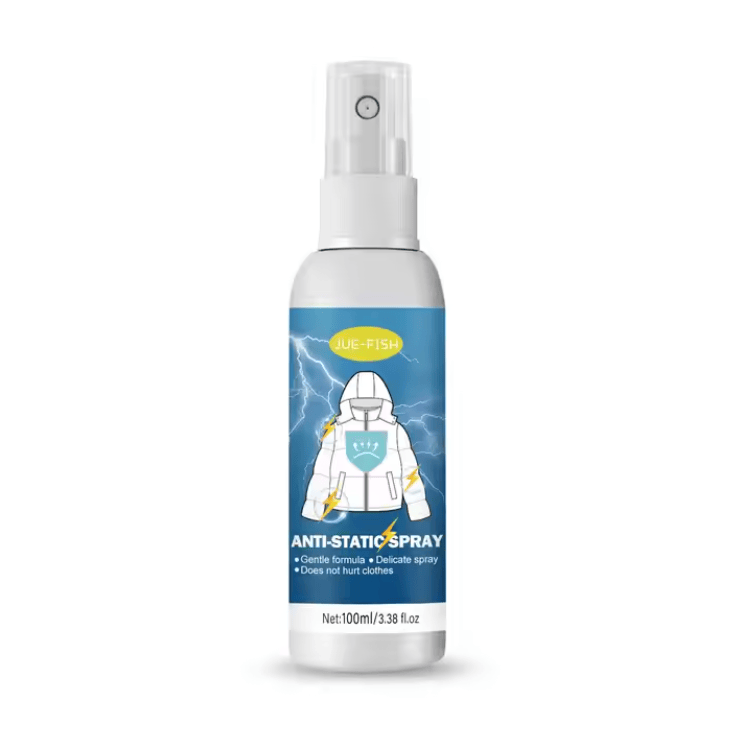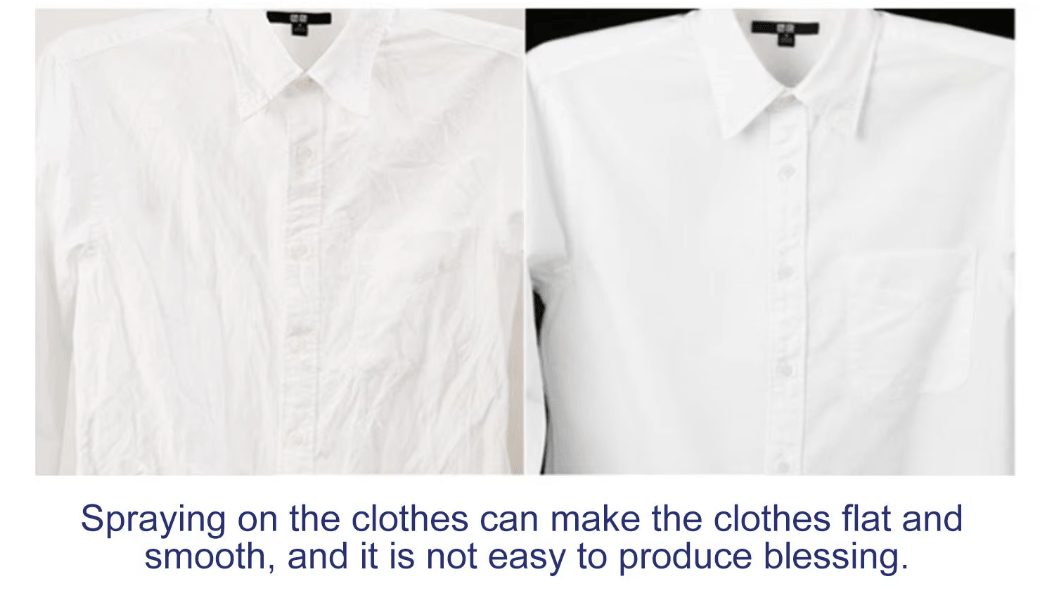How to choose antistatic sprays?

Choosing the right antistatic spray depends on your specific needs and application environment. Here's a quick guide to help you make a smart choice:
✅ 1. Know Your Application
Ask yourself:
Are you using it on electronics, fabrics, plastics, or in a cleanroom?
Do you need it for temporary or long-term protection?

✅ 2. Key Features to Look For
| Feature | Why It Matters |
|---|---|
| Non-corrosive | Safe for electronic components. |
| Low residue or residue-free | Prevents build-up that could damage surfaces. |
| Fast-drying | Ideal for quick application and minimal downtime. |
| Safe for sensitive environments | Especially important for labs or cleanrooms. |
| Anti-dust properties | Helps repel dust on plastic and glass. |
| Odorless/Low-odor | Better for enclosed spaces. |
✅ 3. Check the Ingredients
Look for sprays that contain:
Conductive polymers or surfactants to help neutralize static.
Water-based formulas for safer, more eco-friendly options.
Alcohol-free versions for delicate or flammable environments.
✅ 4. Certification & Compliance
RoHS, REACH, or ESD-safe labels are a good sign.
For electronics, look for compliance with IEC 61340 ESD protection standards.
✅ 5. Surface Compatibility
Make sure the spray is:
Safe on the material you’re using (metal, plastic, fabric, etc.).
Tested on a small area if you're unsure.
✅ Popular Use Cases
Cleanroom environments
ESD-safe workbenches
Clothing and textiles
Plastic covers or film rolls
Keyboard and monitor surfaces

feature
Eco-Friendly
detergent use
APPAREL
type
Other Household Chemicals
Shape
Spray
Product name
Anti-static Spray
Function
Anti-static
Application
Clothes
Color
Transparent
